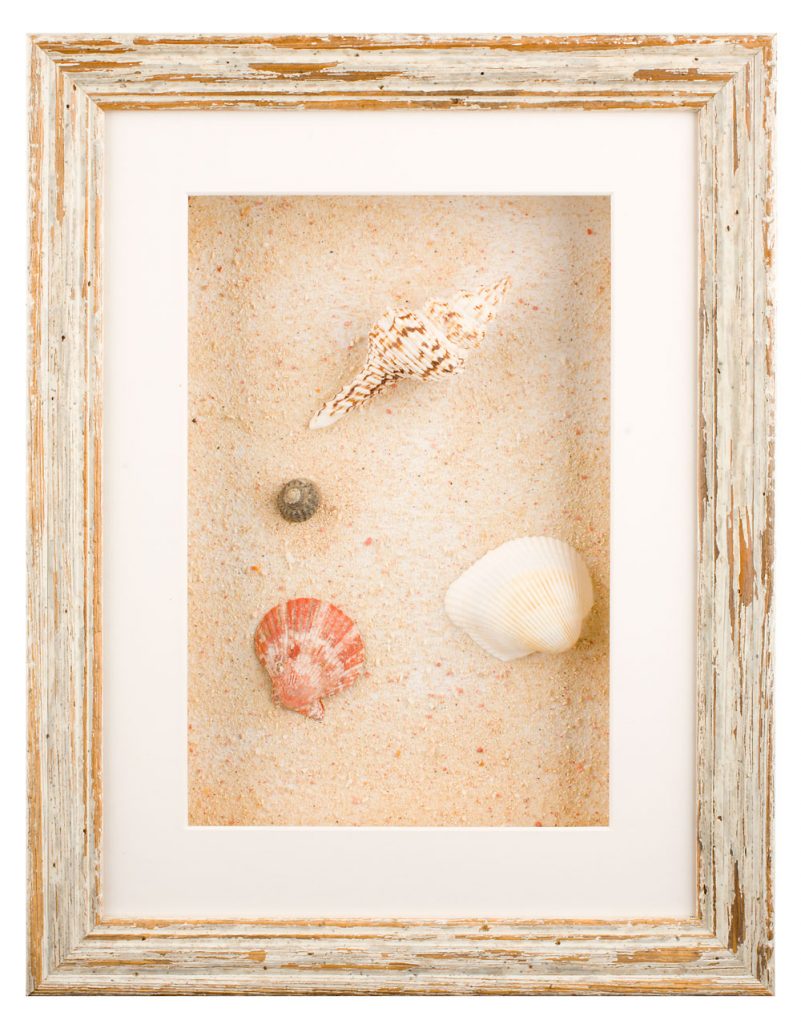In even the most beautifully framed art, there may be an unseen threat ready to destroy.
Naturally occurring acid in paper and framing materials can cause yellowing, deterioration and ruin not only the frame and mount board, but the art as well. Although it may look polished in the beginning, artwork that yellows and turns brittle won’t be worth displaying for long.
Framing art goes beyond composition and spacing; the materials used to frame art are equally important to maintaining beauty over time. Selecting framing materials that are acid-free will make a great difference in the longevity of framed artwork.
Acid-free vs. Non-acid-free
The main source of paper and mount board dis-colouring is an acid called lignin. Lignin is a chemical compound found in the pulp of paper that produces acid as it deteriorates. It occurs naturally in trees and other plants and holds wood fiber together, making it is an obvious component of plant-based paper.
While most paper is made from wood pulp, true acid-free paper is made from cloth or rags. This removes the threat of lignin. Completely acid-free paper is known as rag board or museum rag board.
Other paper materials used in art and framing are called wood-pulp paper or pulp paperboard. Paper can be acid-free and still contain lignin, however. Most quality acid-free papers are manufactured to have a minimal amount of lignin and neutralized to prevent fading and yellowing. In this manner, wood pulp based materials can be made essentially acid-free.
In these products, acid is neutralized during the manufacturing process and lignin is eliminated in two ways:
Removing lignin from pulp: Lignin is chemically separated from wood fibers when wood pulp is created for the production of paper.
Buffering: Alkaline, or base substances, are added to neutralize acids in the pulp when paper is made.


Damage Done by Non-Acid-Free Materials
If you’ve ever removed the frame off of an old black and white photograph and discover discoloration under the frame, this if the result of acidic paper over time. When exposed to the elements, the acid in paper, matting and frame backings can change the chemical composition of the artwork, affecting color and image clarity.
Another form of damage is chemical burning. When wood pulp, which is essentially sulfur, combines with water in the atmosphere, you get sulfurous acid. All non-acid-free paper lets off a microscopic fuming of sulfurous acid, which causes paper to become dry, brittle and brown.
Why Framing Materials Matter
Art and photographs not only need to be produced on acid-free paper, but to truly protect them over time they need to be framed with all acid-free materials. These framing elements can damage artwork if you choose the wrong products:
Mount board
Window mounts (shadow)
Filler board
Backing paper
Wood frames
Adhesive
The commonality of these materials is that they can easily contain wood pulp that hasn’t been properly treated to remove lignin or protect alkalinity.
Testing Existing Framing Materials
Upon inspection, it is easy to check already-framed pictures for framing material acidity. Mount boards are made up of layers of materials. When you look at the layers of the mount (typically visible in the framer cuts of the beveled mount window) you’ll see either slightly yellowish layers that indicated wood-pulp board or pure white layers of rag board. Yellowing backing paper also indicates that at least some of the material used during framing is not acid-free.
Another tell-tale sign is a brownish darkening on the inner edge of the mat window. By the time you notice the darkening on the edges of the picture image, the damage beneath is already severe.
If art was framed using non-acid-free materials, gently remove the art if possible and store it in a cool, dry, dark place until it can be reframed with acid-free framing.
Removing the acidic frame, mount and backing paper will help prevent further damage.
Prevention
To prevent deterioration of your art, ensure the quality of the materials used during framing meet International Organization of Standardization (ISO) standards. The ISO 18902 is the key quality standard with respect to photos and the ability to preserve and protect photos for extended periods. Check the framing or mounting package and product information for the statement “Meets Imaging materials – Processed imaging materials – Albums, framing and storage materials.” This will tell you that the materials meet necessary ISO requirements for proper preservation.
Some materials that do not indicate meeting ISO standards may claim to be “acid-free” or “conservation board.” However, be sure to check with the manufacturer about how they define this, as it may not be up to the standard necessary to properly frame and preserve your art.
Choosing high-quality acid-free materials throughout the framing process will ensure your art is preserved and protected against deterioration. With a variety of properly treated and acid-free options to fit any project need and budget, it’s easy to make a modest investment that will keep your art in top shape for years to come.
12 Smithbrook Kilns, Cranleigh, Surrey, GU6 8JJ
Tues - Fri
9:00am - 5:00pm
Sat 9:00am - 4:30pm